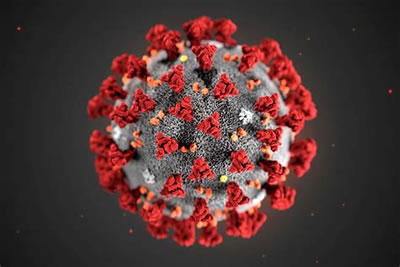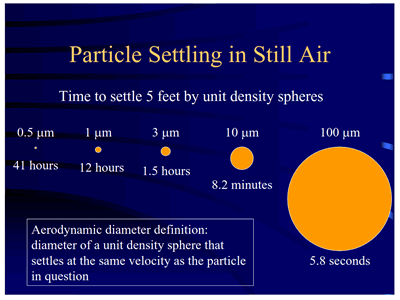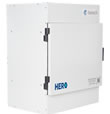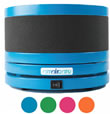
COVID-19 Safety and Ventilation
COVID-19 has made us all rethink the safety of indoor spaces. Although the scientific research is not complete, consensus is that a large component in viral transmission involves breathing in airborne micro-droplets.
Why Filtration?
- Masks are not 100% effective
- People are not 100% effective at masking
- Microdroplets stay in the air for up to 10 hours
What does my filtration system need to do ?
- Capture microdroplets and viruses
- Have airflow capable of 12 + air changes per hour (12 ACH)
- Filtered air should flow from high to low
- Have directed vents to avoid stagnant areas
- Be quiet and efficient
Why Exhaust Ventilation?
- Toilets can be a source of pathogens, including COVID-19. Sources like this should be exhausted and not allowed to circulate or spread
Scientists agree that the coronavirus jumps from person to person most often by hitching a ride inside tiny respiratory droplets. These droplets tend to fall to the ground within a few feet of the person who emits them. They may land on surfaces like doorknobs, where people can touch lingering virus particles and transfer them to their face. But some droplets can remain aloft, and be inhaled by others.
Droplets become microdroplets and are formed by people by breathing talking, sneezing, coughing and toilet flushing. These tiny particles evaporate, stay afloat and do not drop down nor exhaust on their own.
How droplets become aerosols: https://www.cdc.gov/niosh/topics/aerosols/pdfs/Aerosol_101.pdf

When people breathe, cough and sneeze, they release respiratory droplets and smaller aerosols less than five millionths of a meter in size. Compared with respiratory droplets, the smaller aerosols can remain in the air for longer periods of time. The current data suggest the novel coronavirus is primarily transmitted through contact with larger droplets, but tiny aerosols can also harbor the virus and may pose a threat to people, especially indoors. To establish a sound defense against these aerosols, informed management of airflow and airborne contaminants could be critical.
References:
https://www.ashrae.org/technical-resources/bookstore/standards-62-1-62-2
https://blog.hvacquick.com/archives/pathogens-in-the-air-droplets-become-microdroplets-become-aerosol
https://www.cdc.gov/infectioncontrol/guidelines/environmental/appendix/air.html
https://www.cdc.gov/niosh/topics/aerosols/pdfs/Aerosol_101.pdf
https://www.nist.gov/news-events/news/2020/06/nist-airflow-model-could-help-reduce-indoor-exposure-aerosols-carrying
COVID-19 and Filtration Products
HEPA Filtration
HEPA filters can take out the smallest particles from your air. 99.97% effective down to 0.3 microns.

Air Purifiers
Room and large space purifiers that improve indoor air quality (IAQ) safely and efficiently. For cleaning the air, typically via filtration.

UVC Lights and Systems
Ultraviolet (UVC or UVGI) sir sanitization technology. Reduce 99.7-9% of airborne pathogens.

Call us with Questions.
why buy from us?
We're engineers passionate about home ventilation and serious about customer service – so you can count on us for carefully-selected equipment and expert advice to ensure your project is a success from specification to installation.
Your call is answered by qualified people who will gladly discuss your project in detail, advise you professionally and never sell you inappropriate products.


